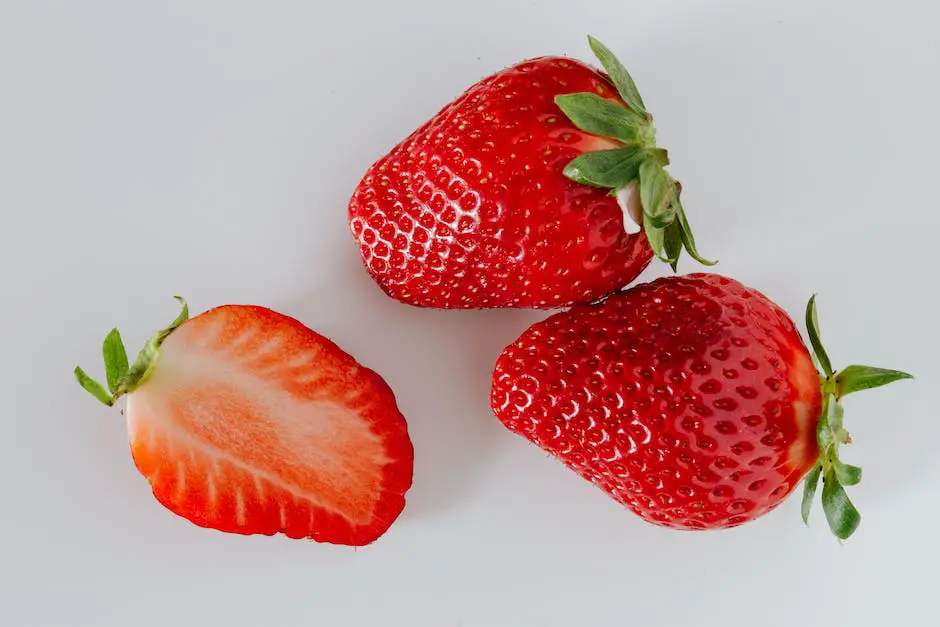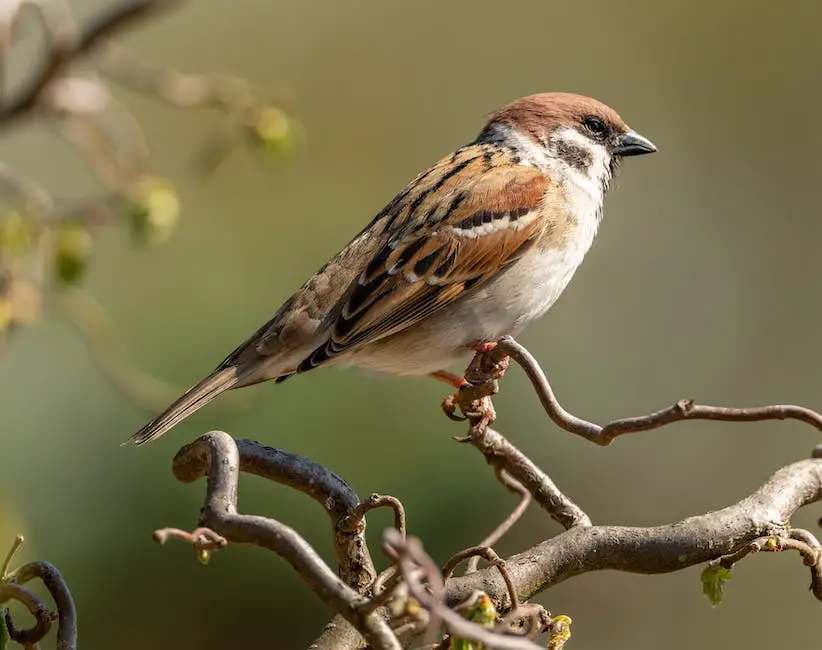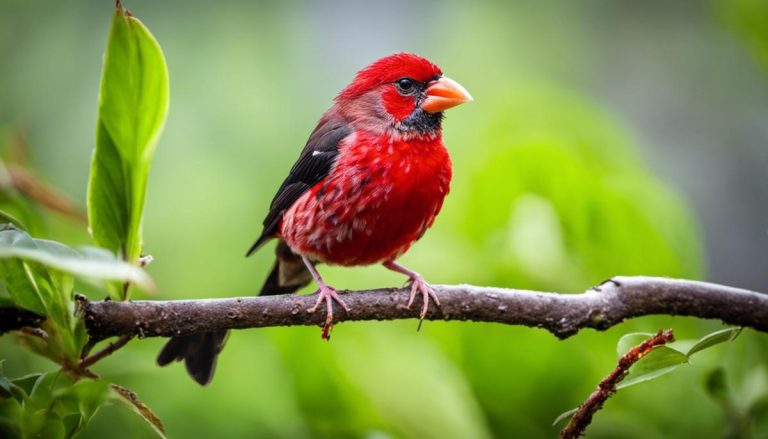In the diverse world of avian life, the Strawberry Finch stands out both visually and audibly due to its stunning colors and melodious song. This small, distinctive bird offers a fascinating mix of characteristics, befitting its exotic nature. With its gorgeous plumage and unique behaviors, the Strawberry Finch has enamored birdwatchers and avian enthusiasts for years. Coupled with its intricate ecology, comprising of specific habitat preferences and breeding behaviors, understanding and appreciating this bird species becomes a journey of exploration and fascination. From the lush forests of Asia to the lush green gardens in the west, we delve into the intriguing existence of the Strawberry Finch, detailing its behaviors, living conditions, breeding, and the ongoing conservation efforts to protect this beautiful bird.
Characteristics of the Strawberry Finch
Physical Attributes of the Strawberry Finch
The Strawberry Finch, also known as the Red Avadavat or Red Munia, is a small, lively bird with striking features. Adult males have a unique bright red plumage speckled with small, round, white spots during the breeding season, which gives the bird its name. Their beak and eyes are also red. Outside the breeding season, the males share the plain brown coloration of the females, although the red of their eyes and bills persists. The females exhibit a more restrained appearance, with a dull brown color and less distinct markings all year round. With an average length of 4 to 4.5 inches, these birds are quite small, and both sexes have small, stubby beaks perfect for seed consumption.
Understanding the Strawberry Finch’s Behavior
Strawberry Finches, also known as Red Avadavats, are adept to thriving in grassland spaces, which is well established in their behaviors. They often go unnoticed, busying themselves in dense shrubbery. However, they are not as silent as they are invisible. Their songs, an enchanting frolic of whistles and trills, are a telltale sign of their presence. During the breeding season, the males are particularly fervent singers. Their diet is quite simple, consisting mostly of grass seeds with occasional insects. Known for their social tendencies, it’s quite common to spot these avian creatures in large flocks, especially outside breeding times. Fast and lively, the constant movement of these birds from one bush to another in their search for food or shelter is quite a sight to behold.

Habitat and Distribution of Strawberry Finch
Understanding the Habitat and Distribution of the Strawberry Finch
The Strawberry Finch, alternatively recognized as the Red Avadavat, is primarily found in the tropical regions of Southern Asia. These areas specifically include countries such as India, Sri Lanka, Thailand, Indonesia, Cambodia, Vietnam, and southern parts of China. Their distribution isn’t just limited to sea-level locations, with these birds being known to inhabit regions up to heights of 2,400 meters, notably in the Himalayan foothills. Although the Strawberry Finch doesn’t migrate, it is noteworthy for showcasing nomadic tendencies, exploring territories beyond it’s typical range, most commonly during periods when they are not breeding.
Frequently inhabiting tall grasslands, rice fields, reed beds, and the fringes of wetlands, the Strawberry Finch flourishes in areas with abundant rainfall and luxuriant vegetation. The vibrant monsoon season offers perfect breeding conditions and is when the bird’s distinctive red hue becomes most vivacious. Although predominantly found in wet grasslands, it’s not unheard of to see the Strawberry Finch in dry grasslands and scrub forests. Its adaptation to living near human settlements broadens its habitat to include agricultural fields and other rural areas, indicating their non-reliance on forest dwelling.

Strawberry Finch Breeding and Conservation
Diving into the Breeding and Reproductive Processes of the Strawberry Finch
The breeding habits of the Red Avadavats, or Strawberry Finches as they are often called, are genuinely captivating, setting them distinctly apart from other similar species. Their breeding season, which typically occurs from June to September, is when the males display their vibrant red plumage, giving rise to their ‘Strawberry’ nickname. In preparation for breeding, these birds construct intricate dome-shaped nests with side entrances, using natural resources like grass, leaves, and other plant material. The female lays approximately 4-6 white eggs, with both mating partners taking up the task of incubation for about 12-14 days. The hatching of the eggs heralds a shared responsibility of caring for the young ones, with feeding duties shared between both parents until the juveniles are ready to venture outside the nest, typically after 21 days.
Strawberry Finch: Conservation Status and Threats
Strawberry Finches are currently listed as ‘Least Concern’ on the International Union for Conservation of Nature (IUCN) Red List, indicating that they are not immediately threatened. However, this doesn’t mean these captivating birds are free from challenges. One major issue presently affecting them is the pet trade. Since Strawberry Finches are very popular among aviculturists for their striking looks and captivating song, they are often captured from the wild to be sold as pets which leads to declining population in the wild. Furthermore, habitat loss due to agricultural development and urbanization is another threat to their survival. As such, measures to monitor trade and ensure sustainable practices, along with initiatives to conserve their natural habitats, are much needed to assure the continued survival of Strawberry Finches.

The captivating world of the Strawberry Finch serves to remind us of the incredible biodiversity our world navigates. These birds, with their striking colors and enchanting songs, form an integral part of our delicate ecosystem. Despite being small in size, their role in the chain of existence is enormous. The details of their behavior, habitat, breeding habits, and their conservation status shed light on humanity’s intricate relationship with our environment. As we continue to partake in the comprehensive study and preservation of species like the Strawberry Finch, we foster a deeper respect and admiration for the vivid tapestry of life that binds us together. Their existence prompts us to ponder on our responsibilities as stewards of the natural world, thus reaffirming our commitment towards maintaining the delicate balance of biodiversity.

